Integrate the effects of overheating on human health into building life-cycle analysis.
Context and issues
Faced with intensifying heat waves and the creation of urban heat islands, particularly in densely populated urban areas, Robin Monnier has focused his work on health risks and thermal comfort within buildings.
As a research engineer at the CES of Mines Paris-PSL, he worked on integrating the assessment of heat wave impacts on occupant health into life cycle assessment tools.
Objectives:
A life cycle assessment (LCA) of a building assesses various environmental impacts, including a DALY indicator for health (Disability Adjusted Life Years). At present, DALYs take into account impacts on a global scale, such as those generated by the manufacture of materials, building construction or energy and water consumption over the entire building life cycle. The main aim of Robin Monnier’s research is to quantify a local impact, linked to overheating in buildings, in order to limit health risks for occupants during heat waves. To this end, a new indicator has been developed, the Overheating DALY, enabling a precise assessment of the risk of death during periods of extreme heat.
Publication :
Article – Etude prospective sur la résilience des bâtiments face aux canicules
Article – Integrating effects of overheating on human health into buildings’ life cycle assessment
- About

